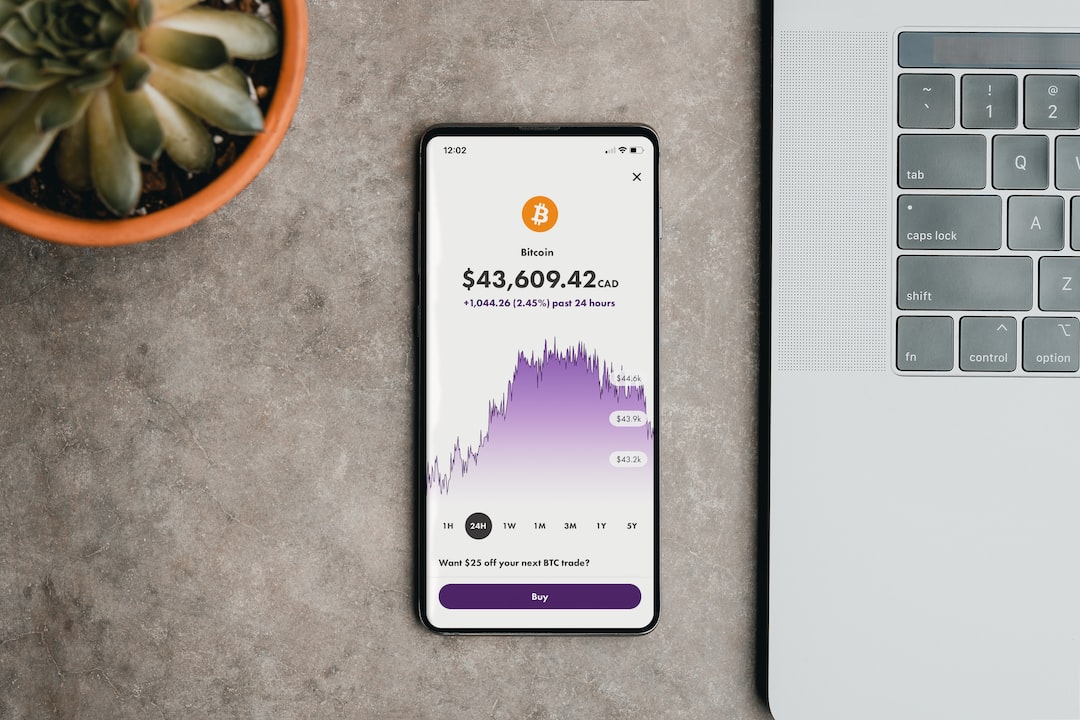The world of Forex trading can be a daunting one for new traders who are just starting out. With so many different market types to consider, it can be difficult to know where to begin. However, with a little bit of knowledge and some practice, defining market types can become second nature.
There are several different market types in Forex, each with its own unique characteristics. These include trending markets, ranging markets, and breakout markets. Understanding these different market types is crucial for successful Forex trading, as each requires a different approach and strategy.
Trending markets are perhaps the most well-known market type. In a trending market, the price of a currency pair moves consistently in one direction, either up or down. This can be seen on a price chart as a series of higher highs and higher lows (in an uptrend) or lower highs and lower lows (in a downtrend).
To identify a trending market, traders can use a variety of technical analysis tools, including moving averages and trend lines. Moving averages are one of the most popular tools for identifying trends, as they smooth out the fluctuations in price and allow traders to see the overall direction of the market. Trend lines, on the other hand, are drawn on a price chart to connect the highs or lows of the price movement, showing the direction of the trend.
Ranging markets, also known as consolidation markets, are characterized by a lack of direction in price movement. In a ranging market, the price of a currency pair moves within a certain range, bouncing between a support level and a resistance level. Ranging markets can be identified on a price chart as a series of higher lows and lower highs.
To trade in a ranging market, traders can use a range of technical analysis tools, including support and resistance levels, trend lines, and oscillators such as the Relative Strength Index (RSI) and the Moving Average Convergence Divergence (MACD).
Breakout markets occur when the price of a currency pair breaks out of a range and begins to move in a specific direction. Breakout markets can be identified on a price chart as a sharp increase in price, followed by a period of consolidation.
To trade in a breakout market, traders can use a range of technical analysis tools, including support and resistance levels, trend lines, and price patterns such as triangles and wedges. Traders can also use fundamental analysis to identify potential breakout opportunities, such as economic news releases or political events that may affect the market.
In addition to these three main market types, Forex traders may also encounter other market conditions, such as volatile markets or sideways markets. Volatile markets are characterized by large fluctuations in price, while sideways markets occur when the price of a currency pair moves within a narrow range for an extended period of time.
To define market types in Forex, traders must first understand the different characteristics of each market type and how to identify them on a price chart. Traders can then use a range of technical analysis tools and fundamental analysis to develop a trading strategy that is appropriate for the market conditions.
Ultimately, successful Forex trading requires a combination of knowledge, experience, and discipline. By developing a deep understanding of market types and honing their trading skills, traders can increase their chances of success in the Forex market.





